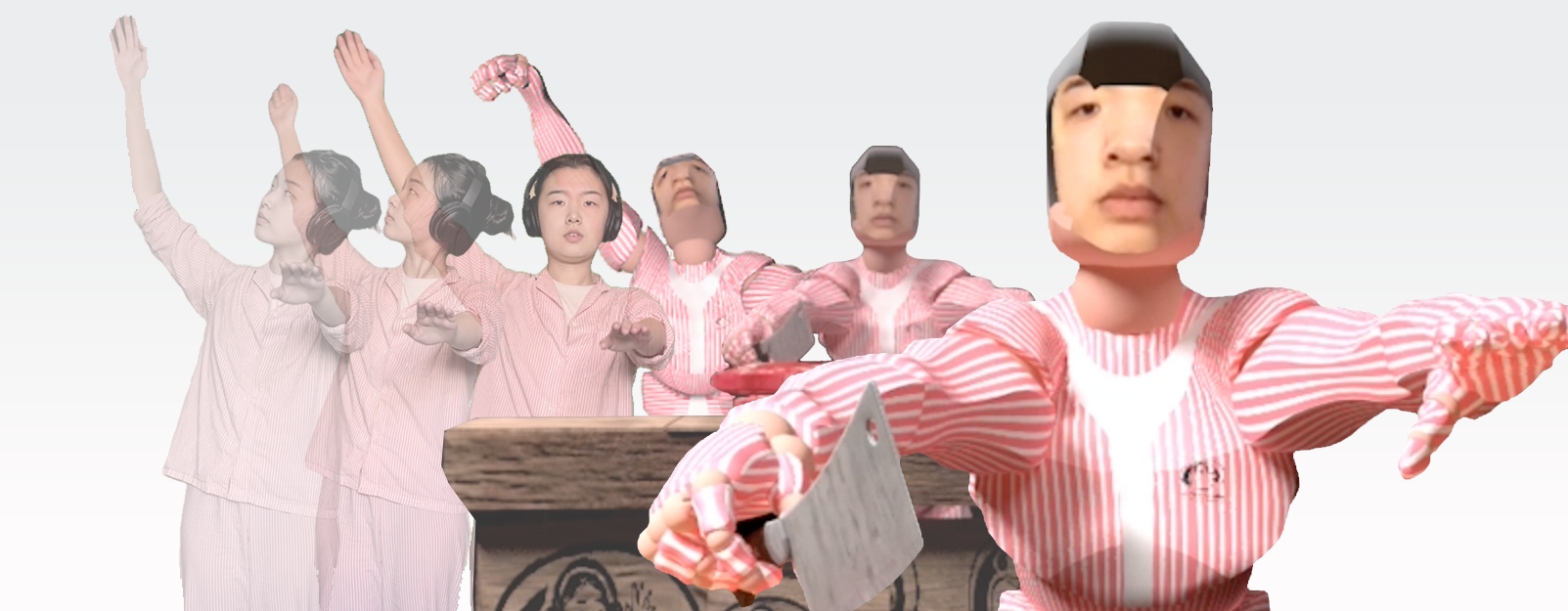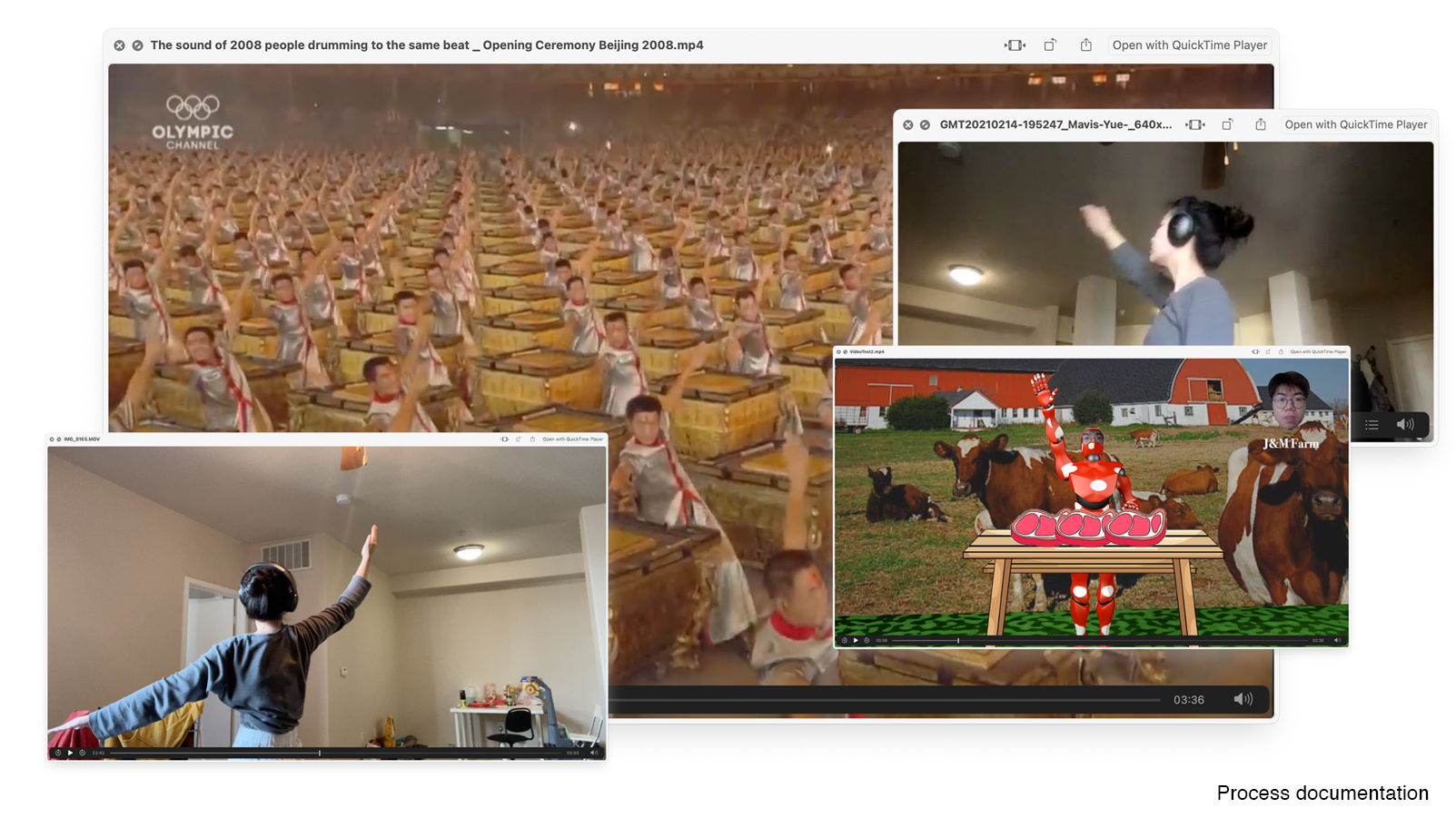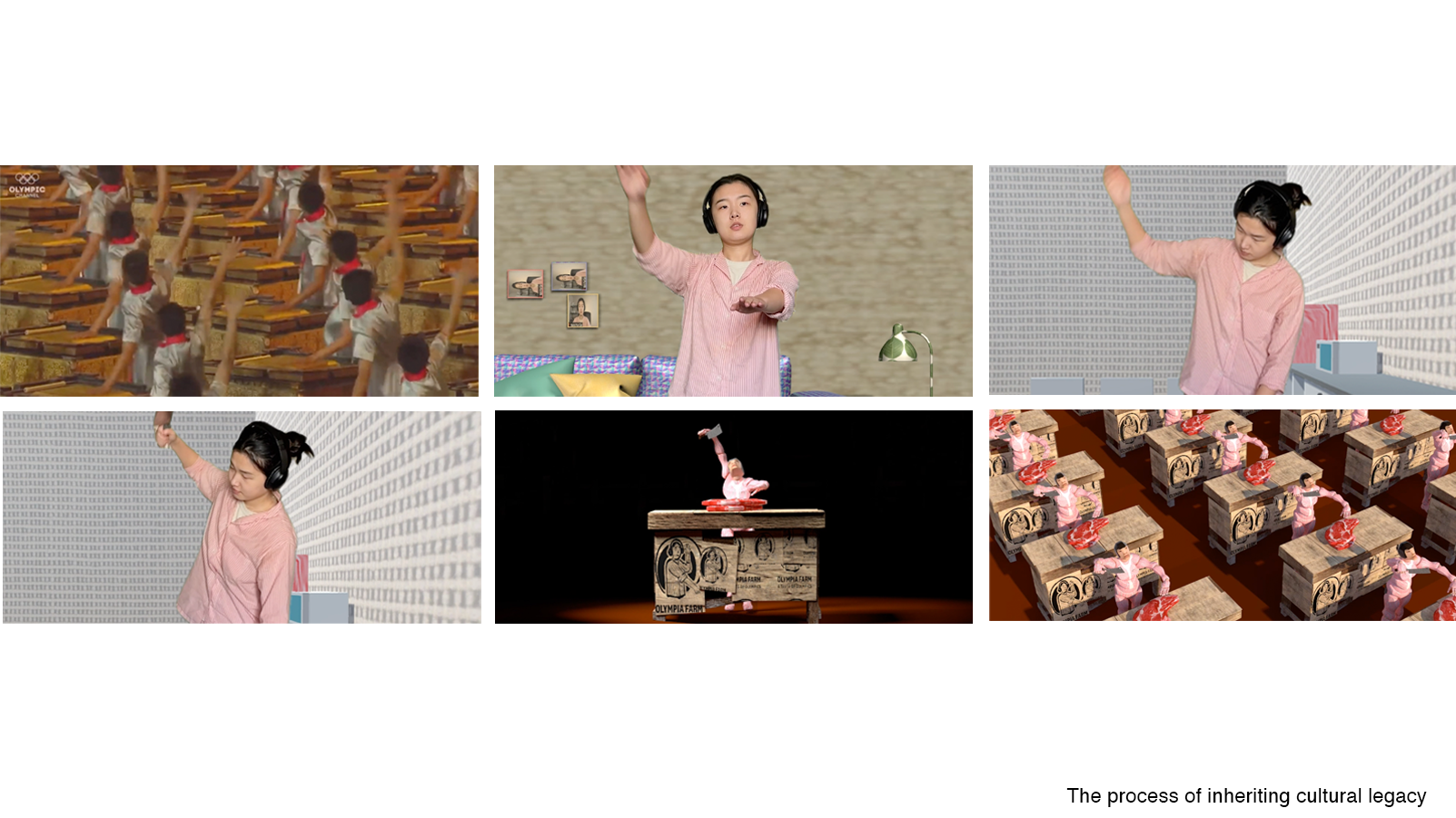The Heritage
Our video Heritage speculates a future of work when automation is not only cold and instrumental but is also able to carry cultural heritage and incorporate people’s learnings to machinery works.
While humans are social animals, it is in working that we most directly engage with larger systems: corporations, economies, and governments. Conversely, these vast systems profoundly implicate and impact individuals through the currency of our most valuable commodities: our time and our labor. Because of this, questions of design associated with work are uniquely complex: representing both the worker and much larger structures of capital.
Why do we work? There was a time when everything was “work.” That is, as human animals, we simply had to dedicate nearly all of our energy toward the labor of survival itself. As we developed tools and other physical and non-physical instruments to aid in our efficiency – that is, technology – the concept of leisure (non-work) begins to emerge as a concept in its own right and, ironically, contributes to the objectification of “work” as a mode of living discrete from everything else. Since industrialization, the relationship to our working lives has evolved and contorted to reflect the many radical transformative changes to impact the world since that time: new political systems, mechanical innovations, labor organization, technologies of hyper- efficiency, globalism, computation, digitization, sophisticated supply-chain logistics, automation, artificial intelligence. Each change introduces countless implications for the nature and purpose of work, each requiring new thinking and new design at all scales and contexts.



